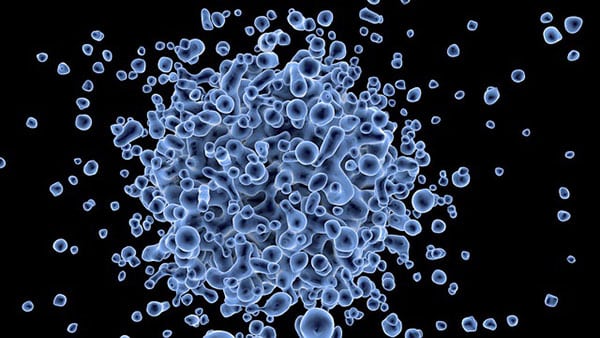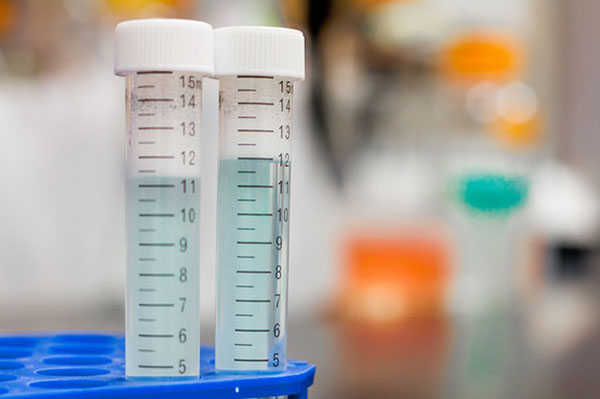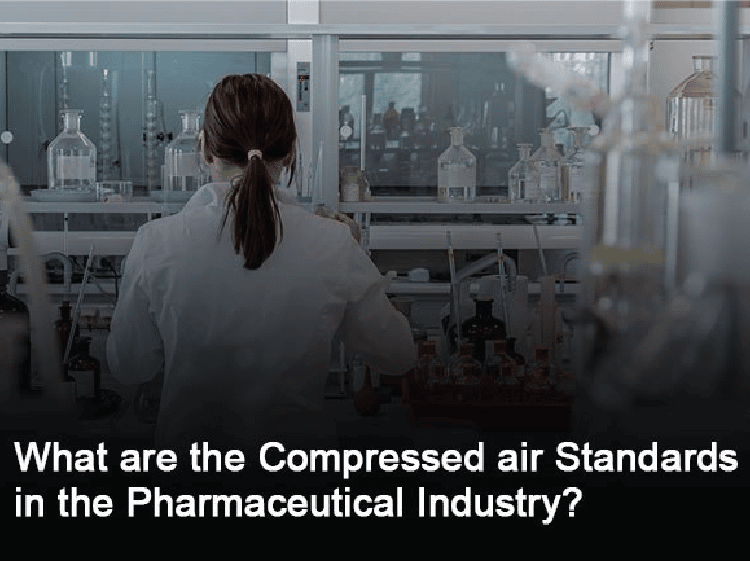
Have you ever considered the manufacturing standards required for sterile products such as medication or medical appliances? Food and pharmaceutical manufacturing facilities require higher quality of air because the products are ingested or placed in humans and animals. The final product must be free of particles, microorganisms, water, and oil. It is the manufacturers responsibility to ensure the quality of the product that is produced.
The possible contaminants in compressed air in a manufacturing environment include: particles, microorganisms, water, and oil. The air quality is the measure of these contaminants in the compressed air. An official publication, containing a list of medicinal drugs with their effects and directions for their use (called a pharmacopoeia) – have relatively inaccurate qualities compared to the standards required for pharmaceutical water (Requirements for compressed Air in the Pharmaceutical Industry, retrieved November 2, 2018). Since the requirements are inaccurate, mistakes are made, unnecessary expensive and inefficient designs are implemented; specifically, in the following situations:
- sterile compressed air is not a requirement to manufacture all pharmaceutical products or an entire plant.
- oil free compressed air – standards do not set reasonable mg/m3 limits.
In most cases, compressed air contacts the product. As the pharmaceutical industry has grown, so too has the use of compressed air for breathing air, equipment, and instrument air operation. The USA accounts for about half of the global pharmaceutical market. Each facility has unique needs so different standards apply. The ultimate goals are guaranteeing compliance with standards, levels of safety, and quality set forth by the FDA and other regulatory entities. Many of the standards in the food industry also apply to the pharmaceutical industry as they both pertains to things human may consume.
To apply the appropriate regulatory process to for compressed air and pharmaceutical management systems, it is worth noting the following regulatory organizations and standards:
| Regulatory Body/Standard | Guidelines |
| European Pharmacopoeia for Medical Air standard | “Oil: maximum 0.1mg/m³, determined using an oil detector tube when an oil lubricated compressor is used for the production.” Note: the color change of sulfuric acid absorber is very hard to detect. |
| BCAS-British Compressed Air Society standard | 1. Direct Contact of air with the product: Particles: water: oil = 2:2:1 (as per ISO 8753-1) 2. Indirect Contact of Air with the Product: 2:4:2 (Validation of System for Air Quality, retrieved November 2, 2018) |
| American Pharmacopoeia for Testing water or oil | Let gas flow over a clean surface and check for oil streaks and/or water droplet formation. |
| ISO 8573 – Class 1 (2010) and Class 2 | It is an international standard that:
This standard states that no particle larger than 5 µm is permitted in classes 1-5 |
| Indirect and Direct Product Contact standard | An Indirect Impact System is a system that is not expected to have direct impact on quality of product, but typically supports a Direct Impact System.
A Direct Impact system is a system that has a direct impact on product quality. In what I call a “standard pharmaceutical scenario,” we are dealing with a product that is sensitive to temperature, has published storage specifications from stability studies, and the product will be considered adulterated if the manufacturer is unable to prove, through gap-free records, that the product was stored within the published storage specs.
For information, refer to: https://www.vaisala.com/en/blog/2018-09/understanding-impact-indirect-and-direct-systems |
Sources of Contaminants
The sources of contaminants in compressed air manufacturing environments are:
- Sources of oil that could exceed the 0.1 mg/m3 requirement include:
- Leakage spray near the air intake of the compressor
- Emergency diesel generator being tested
- Traffic jam on a nearby highway.
- Oil could be hydrocarbons oxidized to CO2, oil aerosols, or vapor, which could reach the compressed air via the compressor.
- Relative Humidity is a source of moisture in the air
- Micron size particles are naturally in the air
- Corrosion particles flake off due to high flow rate.
Impacts of Contaminants
One cubic meter of untreated compressed air may contain close to 200 million dirt particles and other substances like water, oil, lead, cadmium and mercury. The impacts of contaminants in a pharmaceutical plant are:
- Microbial and bacterial growth on products and equipment
- Hazardous consequences to consumer health:
- Corrosion Particles landing on a sterile implant or medicine.
- Exposure to or ingestion of hydrocarbons
- Contaminates could accumulate on manufactured products.
- Corrode pipes causing blockages and reduces the life of filters, drains, and machinery in plants.
- Increased energy and cost of operation.
Understanding Air Quality Factors?
The factors that need to be understood in a pharmaceutical manufacturing environment to improve air quality are:
- Understand the impact of air quality on the work zone, workers, and the product or service manufactured.
- Review Direct Product Contact, Indirect Product Contact, USP, and ISO 8573 air standards
- Understand your requirements. Do you need a clean room in your factory? Clean room air quality is expensive to deliver and maintain.
- Identify the current air quality in the non-clean environment.
- Determine the air testing equipment required with sampling media
- Determine the particulate control level required for your environment: size and count
- Engage the production engineers who are most familiar with air quality requirements. They are the resource to determine what needs to be removed from the air and which filter to use for the correct solution. The production engineer would also know the dampness of the air required: moist or dry.
- Determine the amount of moisture required in the air.
- Know the type of oil present in the factory so the type of tube required for testing can be determined.
- Be aware that compressed air pressure reducers and valves can also discharge particles.
- Determine the type of pipes used in the plant
FEATURED PRODUCTS
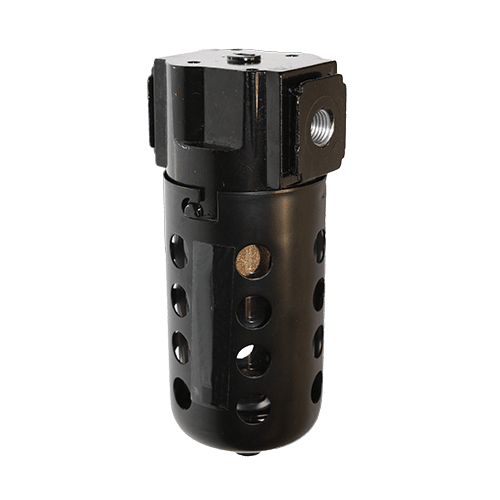
Compressed Air Filter
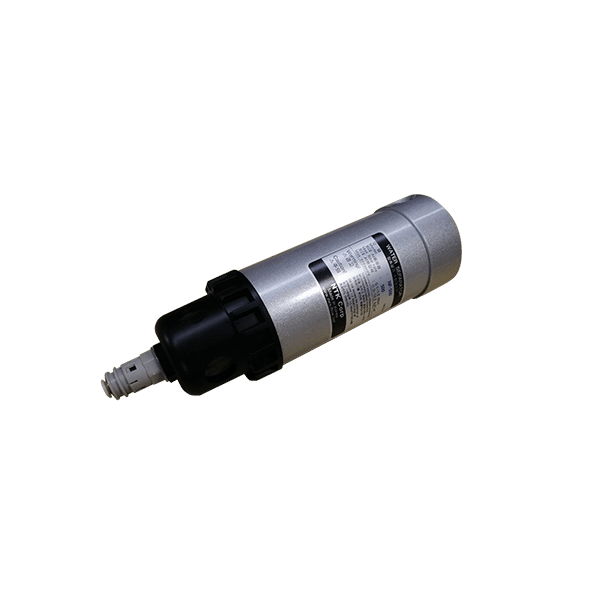
Super Separator
Solutions
This is an incomplete list of possible solutions to meet air quality standards in pharmaceutical manufacturing environments:
- Develop, and regularly perform site-specific testing programs to produce valid, repeatable testing results that reinforce the site’s air quality.
- Schedule routine testing for OSHA, FDA, and Current Good Manufacturing Practices (cGMP) verification and compliance at each facility
- Monitor equipment for particles, moisture, and oil contaminants
- Install and use oil free compressors
- Use only stainless steel or aluminum pipes, which do not corrode
- Monitor your intake air: decrease the RH factor and keep it clean
- Use equipment that is most efficient for your factory.
NOTE: When attached to an oiled pipe – the regulations do not state that the air needs to be tested.
All factory processes do not require the same air quality standards. When manufacturing equipment that will enter a person’s body (such as knee and hip joints, defibrillators, and pacemakers), a clean room must be designed that uses a spec that ensures a heightened level of particulate control. Once the surface is clean, it must be blown with compressed air to ensure no particles are on it. Refer to ISO 8573 Class 1 or 2 requirements above for more information. If you are creating a clean room in a non-clean environment – the quality of the extremely clean air – is decreased when introduced to the non-clean environment. If the temperature is too cold, it may destroy the manufactured product by hurting or deactivating them. In other products, the moisture in the air could interact with the material resulting in issues. In these situations, extremely dry air is required. There is no single solution for all factories when considering the dew point and moisture air management.
NOTE: The dew point is the temperature that air becomes so saturated with water that if cooled further it will condense to form water.
Microbiological limit values are missing for the compressed air both in the pharmacopoeia and in the ISO 8573. The limits based on the clean room classes in which the compressed air is used should be defined, e.g. for class C the max. permissible 100KBE/m³ from Annex 1.
When using compressed air to blow out bottles prior to inserting tablets or to run machinery, the most stringent air standards is not necessary because of the expense or the difficulty to regularly test the air quality. In this situation, it is recommended a point of use filter is installed. In these cases, 1% of the factory uses very high-quality air for specific applications. The rest of the factory does not need high quality air. A point-of-use filter is the cheapest and most efficient solution for greater production.
Many factories use refrigerated air to remove water, then heat the air to room temperature so that the resulting air is low in humidity and bacterial growth.
Nex Flow works with pharmaceutical manufacturing companies to recommend the right product that complies to operational efficiency and safety.
